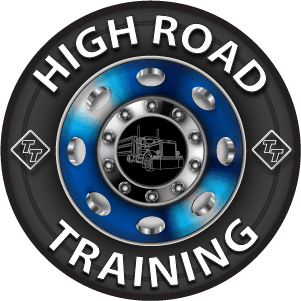Note: Your are not logged in. We can not keep your scores or track your progress unless you Register and Log In
9.1 – The Intent of Hazmat Regulations
Why do Hazmat regulations exist?
9.1.1 – Contain the Material
Transporting hazardous materials can be risky. The regulations are intended to protect you, those around you, and the environment. They tell shippers how to package the materials safely and drivers how to load, transport, and unload the material. These are called containment rules.
9.1.2 – Communicate the Risk
To communicate the risk, shippers must warn drivers and others about the material's hazards. The regulations require shippers to put hazard warning labels on packages, provide proper shipping papers, emergency response information and placards. These steps communicate the hazard to the shipper, carrier and driver.
9.1.3 – Ensure Safe Drivers and Equipment
To obtain a Hazardous Materials endorsement on a CDL, you must pass a written test about transporting hazardous materials. To pass the test, you must know how to:
- Identify what are hazardous materials.
- Safely load shipments.
- Properly placard your vehicle in accordance with the rules.
- Safely transport shipments.
Learn the rules and follow them. Following the rules reduces the risk of injury from hazardous materials. Taking shortcuts by breaking rules is unsafe. Non-compliance with regulations can result in fines and jail time.
Inspect your vehicle before and during each trip. Law enforcement officers may stop and inspect your vehicle. When stopped, they may check your shipping papers, vehicle placards, the Hazardous Materials endorsement on your driver’s license, and your knowledge of hazardous materials.
Multiple-Choice Questions:
Why do hazardous materials regulations exist?
- Contain the Material
- All these are true
- Ensure Safe Drivers and Equipment
- Communicate the Risk
The hazmat regulations tell shippers how to package the materials safely and drivers how to load, transport, and unload the material. These rules are called:
- Containment rules
- Spill rules
- Material rules
- Cargo rules
To communicate the risk, shippers must warn drivers and others about the material's hazards. The regulations require shippers to:
- Put hazard warning labels on packages
- Provide emergency response information and placards
- Provide proper shipping papers
- All these are true
Complete!
You can Return To The Table Of Contents







 TT On Facebook
TT On Facebook